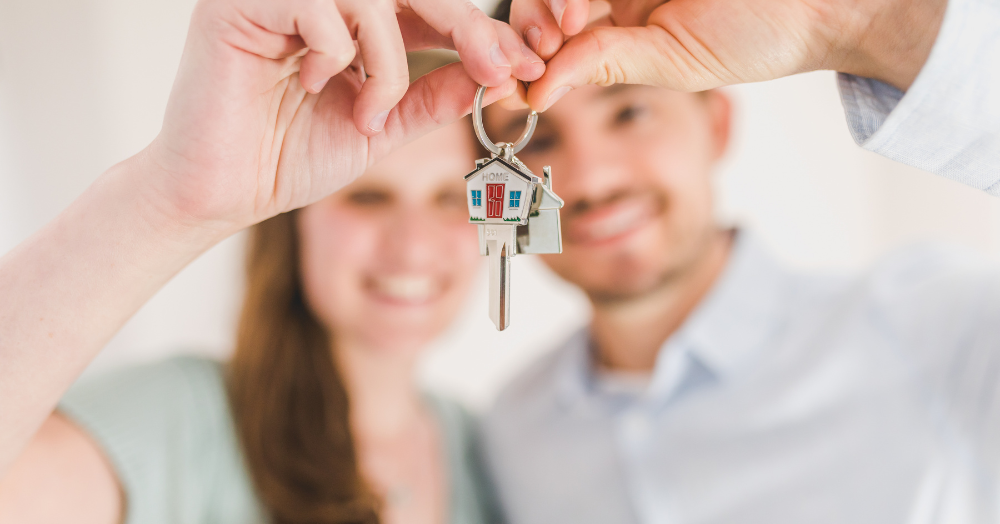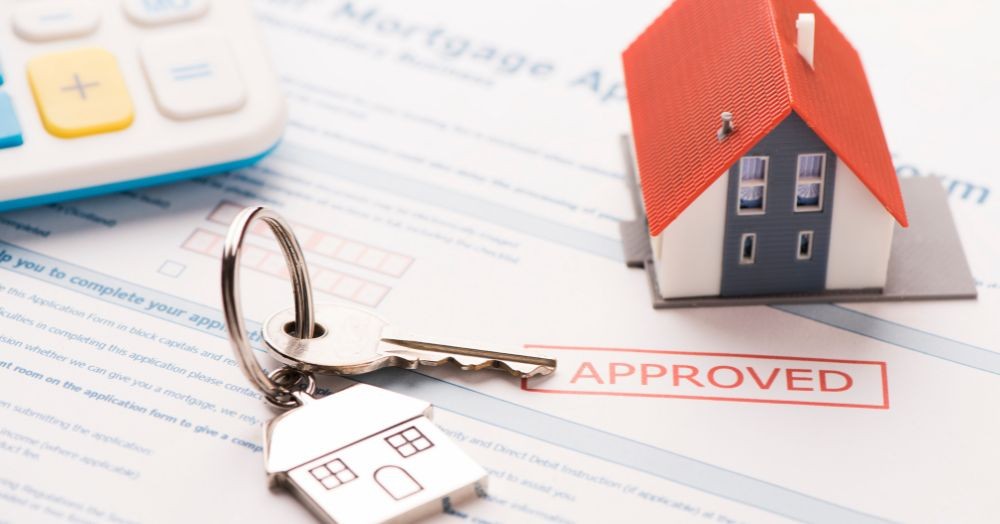Whether you’re looking to gain monthly profit from a tenant or grow your money in a capital investment, property is still proving to be a fantastic way to make passive income. There are things to consider before buying though, see our top tips before you make the jump…
As with any property advice, each property and buy-to-let situation is different, so be sure to ask for specific advice before you get started. Agents can often spot an incredible opportunity from a mile off and guide you in the right direction.
1. Calculate your yield
A rental yield tells you how much of an annual return you are likely to get on your investment.
Gross rental yield calculation:
(Annual rent ÷ property purchase price) x 100 = gross rental yield
For example… (£6,000 ÷ £150,000) x 100 = 4.4%
Calculate the potential return on any rental property you are considering buying to help evaluate if it has investment potential. Speak to a local letting agent to get an idea of the projected rent for the property.
2. Consider capital growth
It is also worthwhile considering how long you plan to own the property, and how much it may increase in value during that time. Ultimately, capital growth also contributes to your overall return on investment.
3. Check for demand
Certain areas and type of property attract a higher demand from tenants than others. When you’re searching for an investment property, make sure you speak to a local letting agent who will be able to advise you about demand in each area.
4. Look for convenience
Parking, access to transport links, local amenities - all these things will increase the property’s appeal to tenants.
5. Widen your target market
Think about buying a property which will appeal to a wide section of renters rather than what would be your personal preference. This will increase the demand, helping to maintain a good rental value and minimise void periods.
6. Avoid major downsides
Such as difficult access, strange layouts, high levels of noise pollution, dangerously steep gardens - anything that is likely to put potential tenants off.
7. Estimate your cost of maintenance and repair
All outgoings - including any routine maintenance and repair - will impact on your net rental yield; so factor this in when deciding on what type of property to invest in.
8. Factor in fees
Count in your mortgage re-payments, agency fees and the expected cost of landlord insurance, building insurance and rent protection insurance if you intend to use it. You will typically find that leasehold properties might be cheaper to buy but will have annual management fees and/or ground rents which you need to calculate into your yield.
9. Minimise voids
A void period is the name given when a property is vacant and results in a loss of income. Choosing the right tenants right from the start and building a good relationship with your tenants can help keep void periods to a minimum.
10. Check the Energy Performance Certificate
Since October 2008, rental properties in England and Wales have required an Energy Performance Certificate (EPC).
On April 1st 2018, the Minimum Energy Efficiency Standards (MEES) came into force. This required all properties being let or sold in England and Wales to have a minimum EPC rating of ‘E’ or above. From 1st April 2020, the Minimum Energy Efficiency Standards apply to all existing tenancies – not just new ones or renewals.
The government have proposed that all rental properties will need an EPC rating of ‘C’ or above by 2025. Like the previous changes, the new regulations will be introduced for new tenancies first, followed by all tenancies from 2028. Check the Energy Performance Certificate (EPC) of the property before making an offer.
Ready to get started? Get in touch to see what potential buy-to-let properties we have available in your local area or for any follow up questions about becoming a landlord.



 by
by 


Share this with
Email
Facebook
Messenger
Twitter
Pinterest
LinkedIn
Copy this link